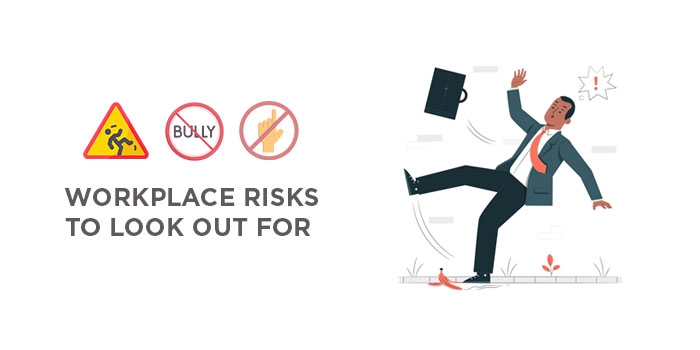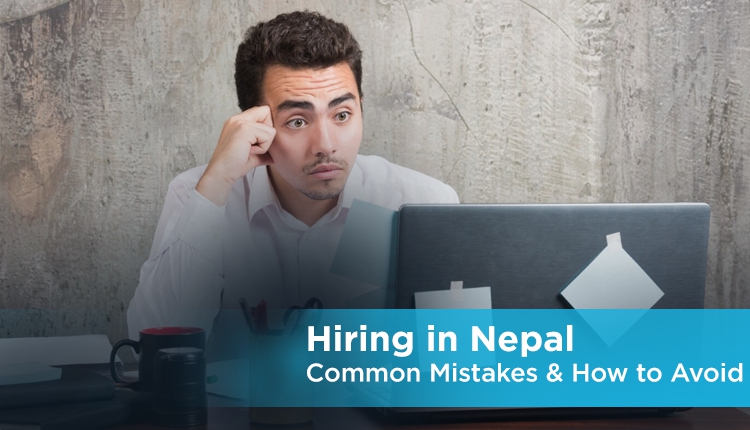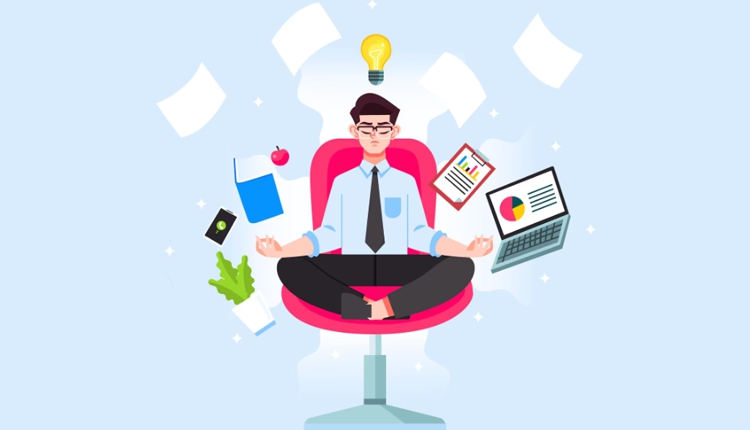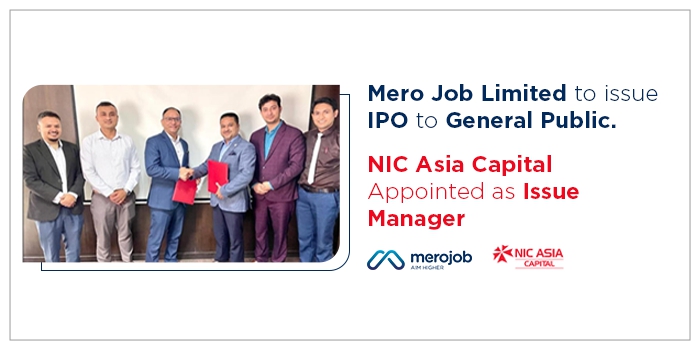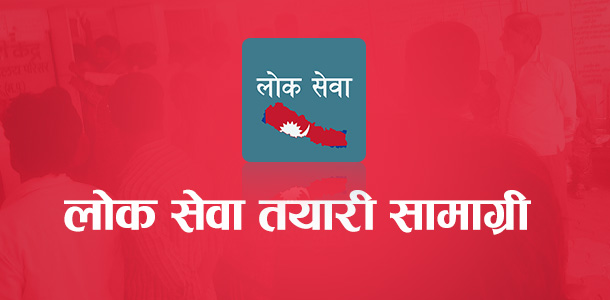Almost every industry has some office work, and many jobs involve computer use. Nepalese spend a considerable amount of maximum 48 hours a week in their workplace. Some basic things can go a long way towards safer work - like good communication and making sure people are set up properly wherever they’re working. The work environment directly affects productivity and the mood of the employees.
The employer must understand that it is to their benefit to provide for a safe workplace and that they must aim to put prevention and protection measures in place. Illness or accident to a worker has far-reaching consequences. While the employer loses out on a worker who is accustomed to his/her job. The employee also pays the price with multiple problems.

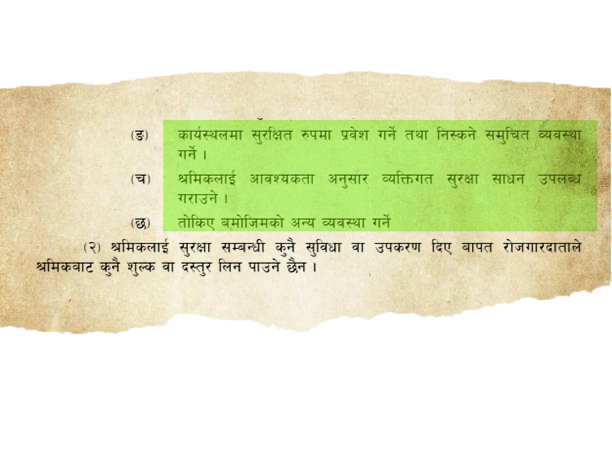
According to the Labor Act, 2017 (2074); Chapter 12 - Provisions Relating to Occupation Safety and Health: Employers are responsible for the safe workplace environment, proper arrangement for the safe entry and exit, and personal safety of the employees in the workplace. Also, if any employee suffers from an occupational disease as prescribed while doing work of any enterprise, the enterprise shall provide the employee with such treatment expense as prescribed for the treatment.
More than ever before, at a time when Nepal is staring down the aisles of the future and looking at rapid economic development, the issue of worker health and safety has become of vital importance. Common hazards or risks in office work generally come from psychosocial effects and hazardous manual handling, for example:
Poorly designed workstations:
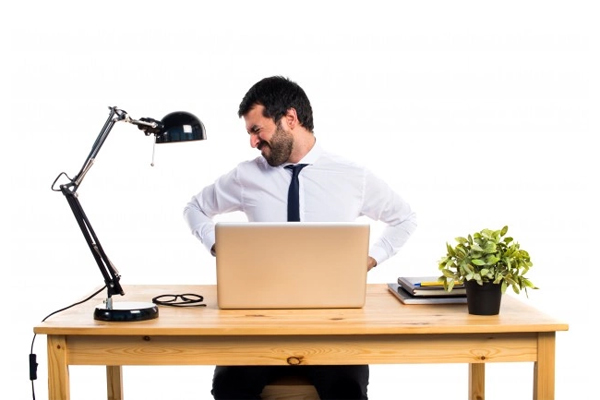
While no employer wants their employees to be uncomfortable, it’s important to understand that a poorly designed workplace isn’t just about comfort; it’s directly linked to safety and injury prevention. The poorly designed workstation may require workers to carry out uncomfortable movements or to shift their bodies to perform work. Repeated day after day, this causes excessive fatigue and may result in an injury. A desk setup that contributes to poor posture will cause neck and back strain and stress.
These examples point out the problem related to uncomfortably positioned workplaces that can develop over time. A better approach would be to provide workers with the resources they need to change elements of their workplace that are causing trouble. If the keyboard is placed incorrectly according to the height of the user, position it in such a way that doesn’t cause an issue. Adjust the chair if employers are found sitting with their legs not touching the floor or crossed beneath the chair. These little changes can lead to better working life, reduced work stress, and better health of the employees.
Slips, trips, or falls
Slipping, tripping, or falling at the workplace can lead to some major costly injuries. The good news is, it can be reduced or eliminated once you identify the cause of the risk. We often think of slip and trip hazards, like a spill or a trailing cable. And, yes, these are two of the most obvious causes. But there can be many other factors at play, including flooring, power cords, housekeeping, cleaning, contamination, environment, and people.
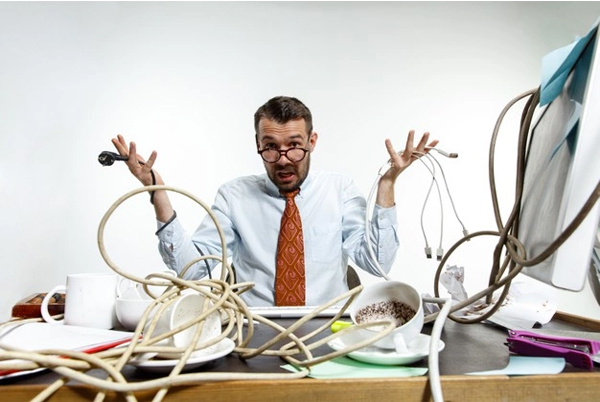
Watch for loose cords and cables that are placed across walking paths. Reroute the cord/cable so it doesn’t cross a travel path, or, as a last resort, use an appropriate protector for electrical cords. Clean any splits without waiting for them to dry themselves. Make sure stairways and hallways are well lit. Replace burnt-out lights. Use a torch to enter a darkroom without lights. Make sure your employees wear appropriate footwear for the environment they are working in to prevent slips. Employee wellness is something the employer needs to look out for.
Noise Hazards
Noise pollution comes in various forms like noisy neighbors, events, airports, etc, but the construction site, in particular, has a high potential for risk to the workforce. Being exposed to high-level noise every day could lead to hearing problems, tinnitus, and high blood pressure. This may happen so gradually that it may go unnoticed by the minor deterioration from one day to the next. Unwanted noise in the work area also decreases the productivity level of the employees as it becomes difficult to concentrate in their work environment.
Whenever there is noise in the workplace employers need to look for possible solutions to make the workplace quieter and more peaceful. Hearing protection like ear defenders and earplugs to defend against the noise. Fitting noise barriers, guards and vibration-absorbing materials (foam padding, rubber matting) will help contain and reduce the spread of noise.
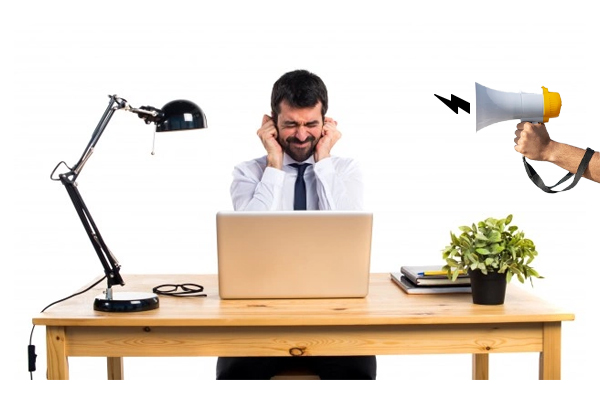
Harassment
Workplace harassment is a serious issue that must be addressed as soon as it has been identified. Workplace harassment in the context of Nepalese companies is most widely found in the form of unwanted behavior, negative influence, offensive behavior, and discrimination. An employee, constantly being disturbed by another employee is also taken as a form of workplace harassment. Similarly, gender biases are another major reason for workplace harassment.
Employers should actively work to remove harassment risks, given that these incidents can result in serious mental and physical injuries to employees. Harassment-related issues can be handled effectively in an organization if there is a proper mechanism to deal with such situations. In male-dominated work areas, women are more likely to face harassment based on their gender. So, there should be a sense of equality among the employees in the workplace. Also, norms and policies regarding control measures of workplace harassment must be introduced.
Workplace bullying and violence

While bullying is a form of aggression, the actions can be both obvious and subtle. Workplace bullying is verbal, physical, social, or psychological abuse by your managers or a group of people at work. Bullying leads to violence which can injure or harm people. Employers must be able to spot signs of bullying before it gets worse. Name-calling, belittling, scapegoating, spreading rumors, etc could be a few of the signs.
Some people worry they're being oversensitive, but bullying is likely to affect employees’ self-esteem, not to mention their performance at work, as well as their home life. Employers shouldn't underestimate or let it slide giving terrible excuses. There are some things to never say at work that both employers and employees must be made aware of. HR should be easily accessible by every employee in the organization since they are the ones who handle grievances at the workplace.
Such above-mentioned risks must be taken care of in an organization. Else, the effect of these possible hazards will ultimately be seen in the performance of the employee. Give employees the necessary information, instruction, training, or supervision to enable them to do their work safely. Ensure that the conduct of your business does not endanger other people including visitors as well as the workers.
